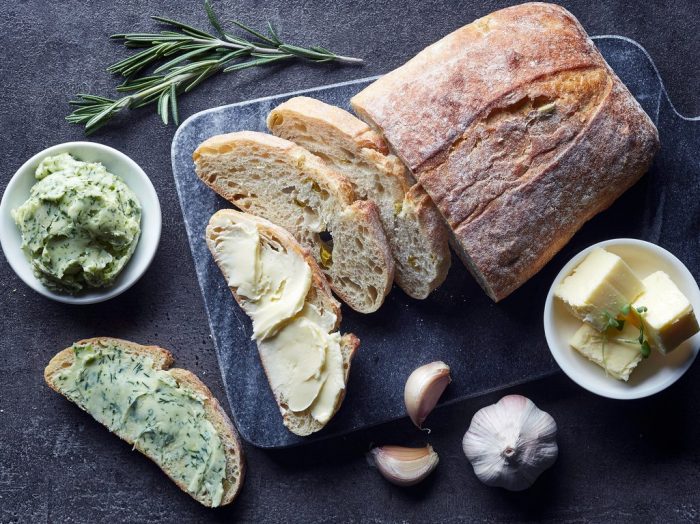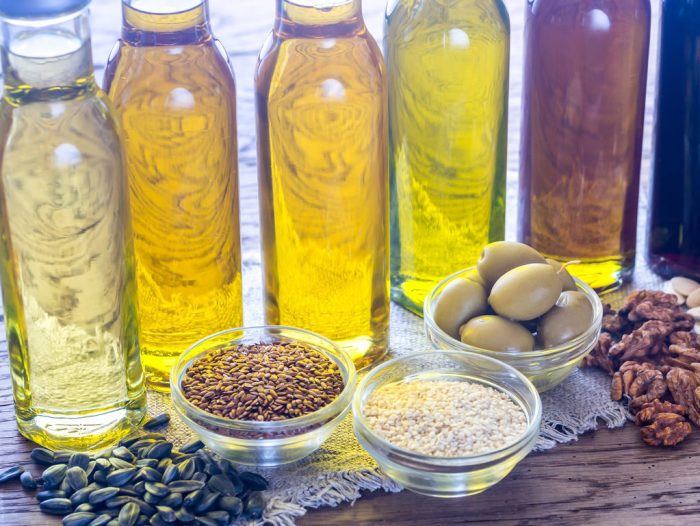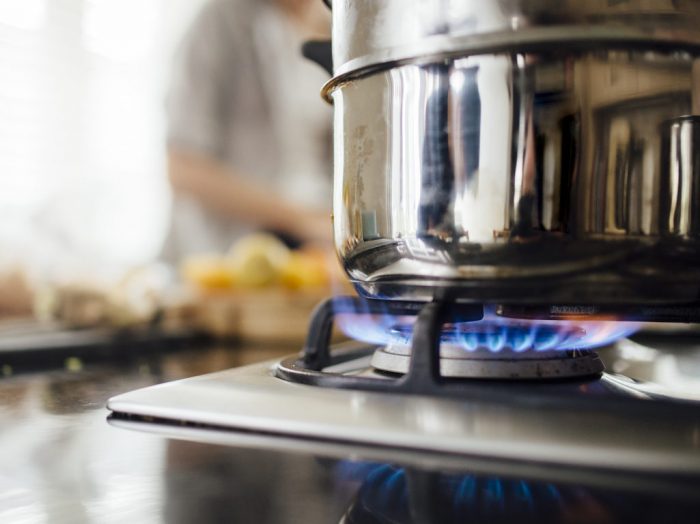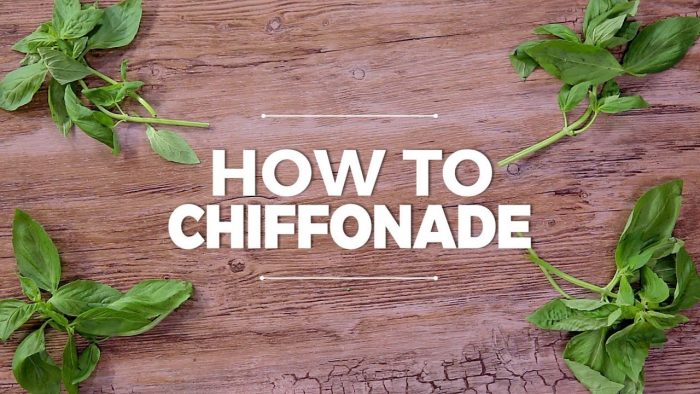Attention! Attention! This is a very important public service announcement. Let’s talk about butter, that wonderful dairy-based food that tends to make everything better, from steaks to fluffy pastry. But why is butter so good and what are the general rules of cooking with butter? Let’s find out!
Butter is something that’s amazing even if the only thing you do with it is spread it on a slice of toast. It’s something I’ve experimented with extensively all my life. I am joking, it wasn’t exactly scientific, I just had butter toast so many times and still don’t seem to get enough of it. But I think I took it as is and never stopped to think why butter is so great! The extensive ‘investigation’ below focuses on butter’s magical powers. You’ve felt them. I’ve felt them. Let’s see where they come from.
What is butter anyway?
The simplest answer possible is butter is fat. That creamy, rich feel when you have some and its amazing flavor are all due to the fat it’s made from. The process of making butter involves the cream of cows’ milk. And butter isn’t fully made of fat. About 16-17 percent of it is actually water. And another 3-4 percent is actually milk solids. Regular butter is then about 80 percent fat. So what do you have to keep in mind when cooking with butter?
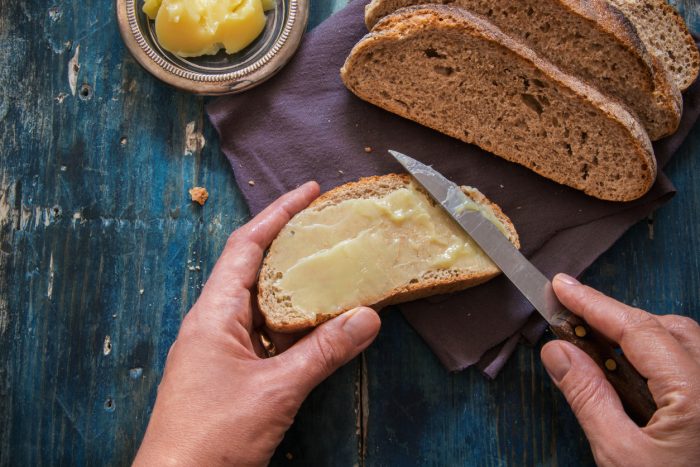
Why does butter taste so good?
I’ve never thought about that. And what I found out blew my mind. Because it’s obvious and on the nose, but I never saw things like this. Butter has a melting temperature of 98.6 degrees F/37 degrees C, which is the exact temperature inside your mouth. And thinking about it, it’s clear to me that this is a huge part of the appeal of butter and the satisfaction of eating it.
Mouthfeel is a term used to describe a product’s physical and chemical interaction in the mouth. And it’s pretty clear that butter has a pretty damn near perfect mouthfeel, isn’t it? Other types of fat, like lard (my roommate told me that she was put off butter when she accidentally ate lard) or shortening have a higher melting point and so they seem greasy when they come into contact with our mouths.
What are butter’s weak points?
Well, the main one would be its very very low smoke point. It has the lowest smoke points out of all types of fat and it starts to smoke and burn at about 350 degrees F/ 176 degrees C. This means that, unfortunately, it’s not suitable for all cooking techniques.
All the same, there are still plenty of things you could be cooking with butter and it works for sandwiches, roasting, and baking. It’s amazing when baking because it makes your pastry light and fluffy! You can’t use butter when sauteeing, for instance, and not for stir-frying, that’s for sure! But what you can do is to combine a bit of butter with an oil which has a higher smoke point, like sunflower oil, vegetable oil or canola oil.
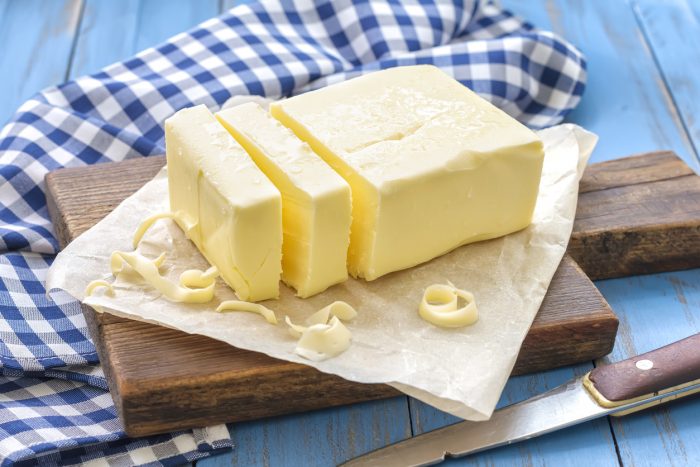
What happens when cooking with butter?
When you heat butter, the milk solids caramelize, and the water in it starts to separate. The milk solids are actually the reason that butter can burn and has a lower smoke point. There is a by-passing mechanism to all of this and that is clarifying your butter.
When cooking with butter, the fat melts, its molecules break down and it starts to absorb the flavor of the other ingredients, which it can then transfer to the other food items found in the pan. So what it does is enhance the flavor of other foods and it also adds a little something of its own nutty flavor. This also makes it ideal for sauces, where flavors are blended together and need something to bind them.
What is clarified butter?
This is a process through which butter eliminates its milk solids and the water, it becomes something akin to pure fat. Thanks to this, the clarified butter has a higher smoke point and can be used for whatever your imagination can conceive. The smoke point is at about 450 degrees F/230 degrees C.
You can and should use clarified butter to make a roux, the basic amazing sauce thickener that keeps your sauces together forever.
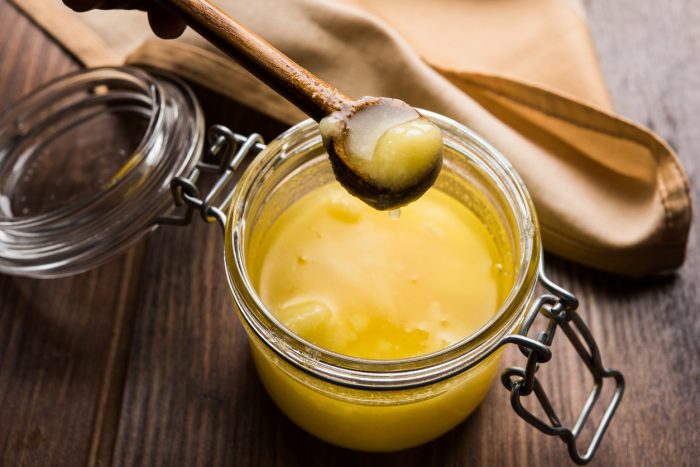
To have salt or not to have salt
There are plenty of salted butter varieties out there because salt acts as a preservative for the stick of butter. But if you always seem to run out of butter quickly, you don’t need that preservative. And it’s much better to salt everything yourself so you can keep the levels of sodium under control. So if you’re on a low sodium diet or are just a control freak (like I am, sometimes), go for unsalted.
Not to mention that for baking, you should never pick salted butter. And that’s because salt has a toughening effect on the gluten in flour.
Do you need to refrigerate your butter?
If the temperatures in your kitchen never go above 70 degrees F/21 degrees C, you don’t have to keep your butter in the fridge. You can keep a smaller amount on the kitchen counter, for the morning, when you don’t have time to wait for the butter to be spreadable. But keep it in a covered butter dish that will protect it from air and light, and help keep it at a temperature that allows it to stay cool enough to hold its shape.

